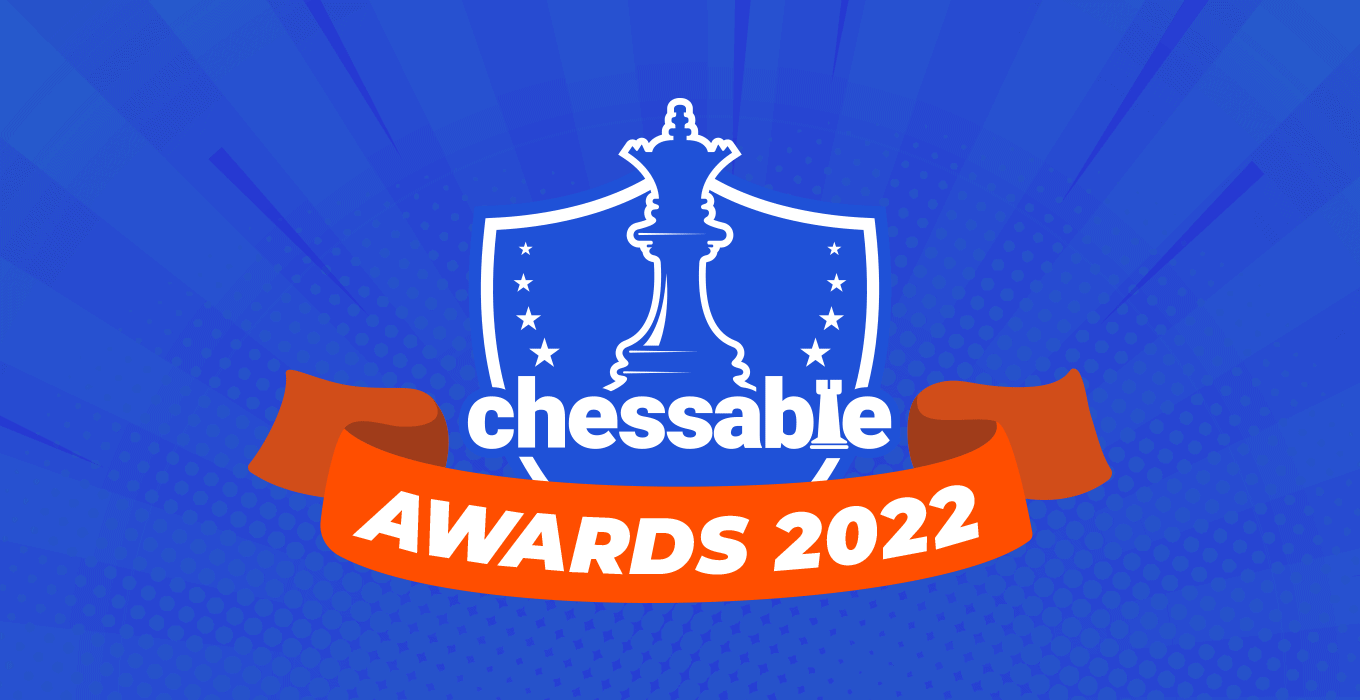This week brings the release of Lifetime Repertoires: Sam Shankland’s 1.d4 – Part 3. This highly anticipated course concludes Grandmaster Shankland’s trilogy on mainline 1 d4 openings for White.
This part covers 1 d4 d5.
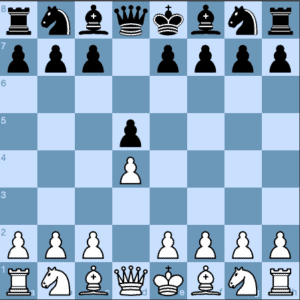
Black wants an equal share of the centre at the very start of the game and has various options thereafter.
In a world where the London System seems to be taking over as the main weapon for White, it is good to see the main lines of the Queen’s Gambit receiving the star treatment of a Lifetime Repertoire course.
Black’s Options
White needs to be ready for the following:
Orthodox Defense (2 …e6, with Black unwilling to surrender any territory)
Queen’s Gambit Accepted (2 …dxc4, giving up the centre to gain active play for the pieces)
Slav Defense (2 …c6 a particularly solid brick wall)
Semi-Slav Defense (2 …e6 with …c6 to follow) and a number of other popular defenses.
The defenses after 1 d4 d5 2 c4 have stood the test of time and they need to be taken very seriously.
Grandmaster Shankland explains his approach:
‘Much like we saw in the first two parts, my goal is to fight for a strategic edge such as space advantage, a better structure, or the bishop pair, and this is not really a repertoire aimed at tearing Black’s head off.
But, given that Black has placed a pawn in the center on the very first move of the game, I find it harder to accomplish these goals, and I was actually surprised to find that even in some very solid variations, White ended up with some kind of attacking chances.’
Playing Against the Slav Defense
With that in mind, I decided to look at the recommendations against the Slav Defense, which starts with 1 d4 d5 2 c4 c6.
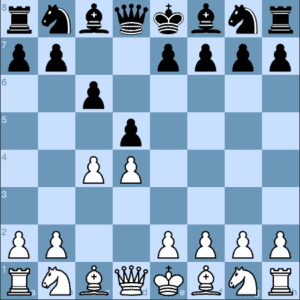
The Slav Defense
This is a very tough nut to crack, as any 1 d4 d5 2 c4 adherent will confirm. Vasily Smyslov, the Seventh World Champion, used the Slav throughout his lengthy career and he very rarely lost with his favourite defense.
The Exchange Variation with 3 cxd5 cxd5 is currently popular, but not everyone is confident about playing for a win from a symmetrical position.
This course doesn’t go down that route and it avoids the main lines too, which would follow from the moves 1 d4 d5 2 c4 c6 3 Nf3 Nf6 4 Nc3 dxc4 5 a4. Instead, Grandmaster Shankland prefers 1 d4 d5 2 c4 c6 3 Nc3 Nf6 4 e3.
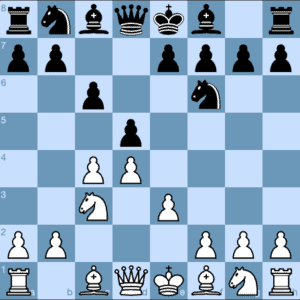
One important aspect of this line is that if Black plays 4 …e6 then the game transposes to a Semi-Slav Defense. This dovetails very comfortably with the course’s recommendation against the Semi-Slav, which is also based on an early e2-e3. This rules out the intense and theoretically heavy lines with 5 Bg5, but they are not to everyone’s taste anyway.
If Black wants to keep the game firmly in pure Slav territory, then the options include 4 …g6, 4 …a6 and 4 …Bf5. The last of these is almost certainly going to be the most popular with club and tournament players.
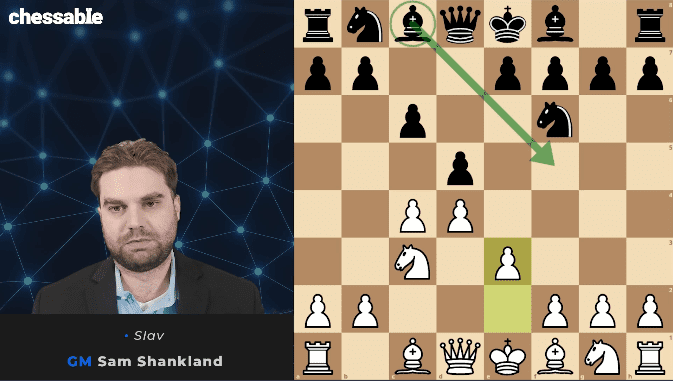
This is because they understand the difference between the Slav and the Orthodox Queen’s Gambit Declined; by playing 2 …c6 instead of 2 …e6, Black’s queen’s bishop can be developed very quickly. Why not as early as move four? Can White do anything about it?
It is important that White developed the queen’s knight first, because it applies pressure on d5. This makes 4 …Bf5 a riskier choice than if White had played 3 Nf3.
Grandmaster Shankland shows that Back has to sacrifice a pawn after the simple moves 5 cxd5 cxd5 6 Qb3.
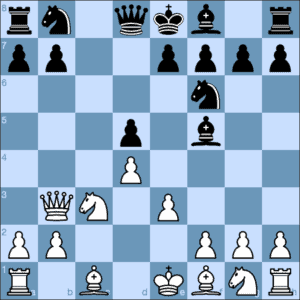
The queen threatens the b7-pawn and applies more pressure to d5. Black can play 6 …Bc8 to protect the pawn, but that rather goes against Black’s desire to develop the bishop quickly. 6 …Qb6 would be the normal way to meet Qb3 in such positions, but here White simply wins a pawn with 7 Nxd5.
Pawn Sacrifice
This explains why Black has to seek chances with a pawn sacrifice, by playing 6 …Nc6.
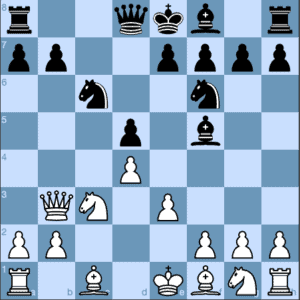
White has to accept the challenge with 7 Qxb7, otherwise Black just enjoys quick and easy development at no cost. Black now gains tempi on the queen with 7 …Bd7 8 Qb3 Rb8 9 Qd1.
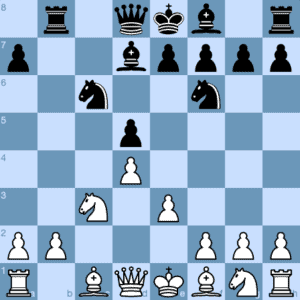
‘White got his queen back home and will remain a healthy pawn up if he can complete his development. Black should be very direct.’
Black’s best move is indeed direct. 9 …e5 A standard idea; open up the game while ahead in development. The course goes on to show a line in which White returns the pawn for other gains, leading Grandmaster Shankland to comment: ‘The machines are claiming White is much better, and I won’t argue with them.’
I think this brief examination of the recommended line against the Slav Defense is indicative of what one can expect to see in the course. The recommendations are challenging for Black, despite not necessarily following the absolute main lines. At club level, they will pack a mighty punch.
Lifetime Repertoires: Sam Shankland’s 1.d4 – Part 3
Click the link to find out more about the course:
Lifetime Repertoires: Sam Shankland’s 1.d4 – Part 3
The first two parts are also available:
There is also a Short and Sweet version of the course, which is free and can be found here.








